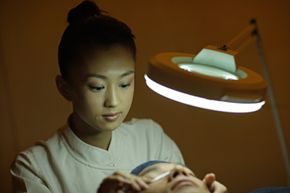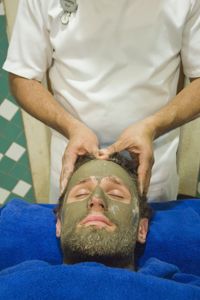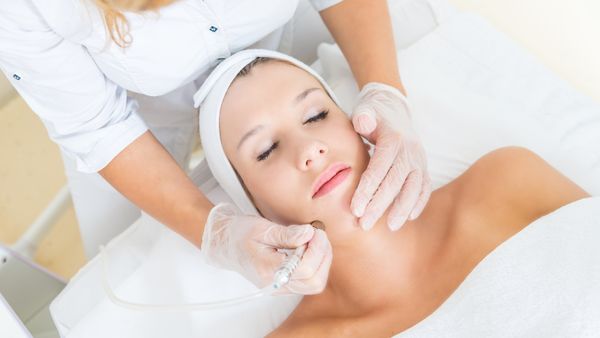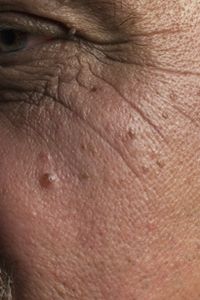Caring for your skin is just as important as taking measures to ensure that your heart, lungs and other internal organs are functioning in a healthy manner. The skin is the largest organ we have and it serves several vital purposes: It protects our bodies, is necessary for our sense of touch and aids with body temperature regulation.
Aside from the biological job that skin performs, it's also front-and-center when it comes to your personal appearance. Problem skin can be embarrassing. In fact, it's so embarrassing that severe acne has been a factor in teen suicide rates. A 2006 study published in the Journal of Pediatrics and Child Health found that 13 percent of teenagers who had problem acne had attempted suicide and 34 percent had considered it. This sobering statistic is just one reason why skin conditions shouldn't be taken lightly as a mere cosmetic issue. How you look influences how you feel about yourself, and skin conditions can be difficult to overcome emotionally.
Advertisement
When it comes to caring for your skin, there are a few options. You can try to tackle them yourself. You can enlist the aid of an esthetician. Or you can make an appointment with a dermatologist. Knowing which course of action to take depends on your situation, but knowing the difference between the two professions can help you make your choice.
We'll look at these differences on the next page so you can make an informed choice next time you find an odd blotch or spot on your skin.
Advertisement



